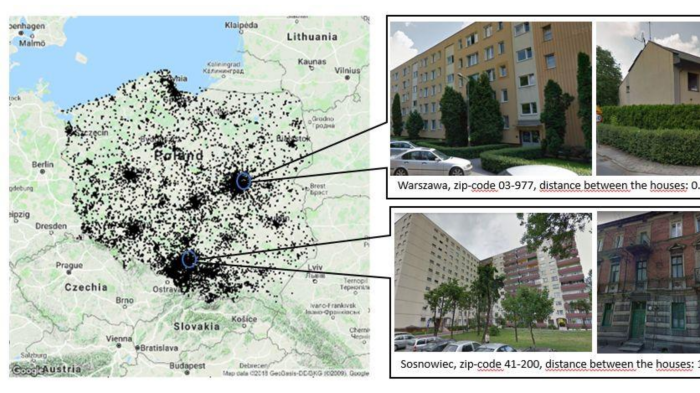MIT Technology Review: “Google Street View has become a surprisingly useful way to learn about the world without stepping into it. People use it to plan journeys, to explore holiday destinations, and to virtually stalk friends and enemies alike.
But researchers have found more insidious uses. In 2017 a team of researchers used the images to study the distribution of car types in the US and then used that data to determine the demographic makeup of the country. It turns out that the car you drive is a surprisingly reliable proxy for your income level, your education, your occupation, and even the way you vote in elections.

Now a different group has gone even further. Łukasz Kidziński at Stanford University in California and Kinga Kita-Wojciechowska at the University of Warsaw in Poland have used Street View images of people’s houses to determine how likely they are to be involved in a car accident. That’s valuable information that an insurance company could use to set premiums.
The result raises important questions about the way personal information can leak from seemingly innocent data sets and whether organizations should be able to use it for commercial purposes.
Insurance data
The researchers’ method is straightforward. They began with a data set of 20,000 records of people who had taken out car insurance in Poland between 2013 and 2015. These were randomly selected from the database of an undisclosed insurance company.
Each record included the address of the policyholder and the number of damage claims he or she made during the 2013–’15 period. The insurer also shared its own prediction of future claims, calculated using its state-of-the-art risk model that takes into account the policyholder’s zip code and the driver’s age, sex, claim history, and so on.
The question that Kidziński and Kita-Wojciechowska investigated is whether they could make a more accurate prediction using a Google Street View image of the policyholder’s house….(More)”.